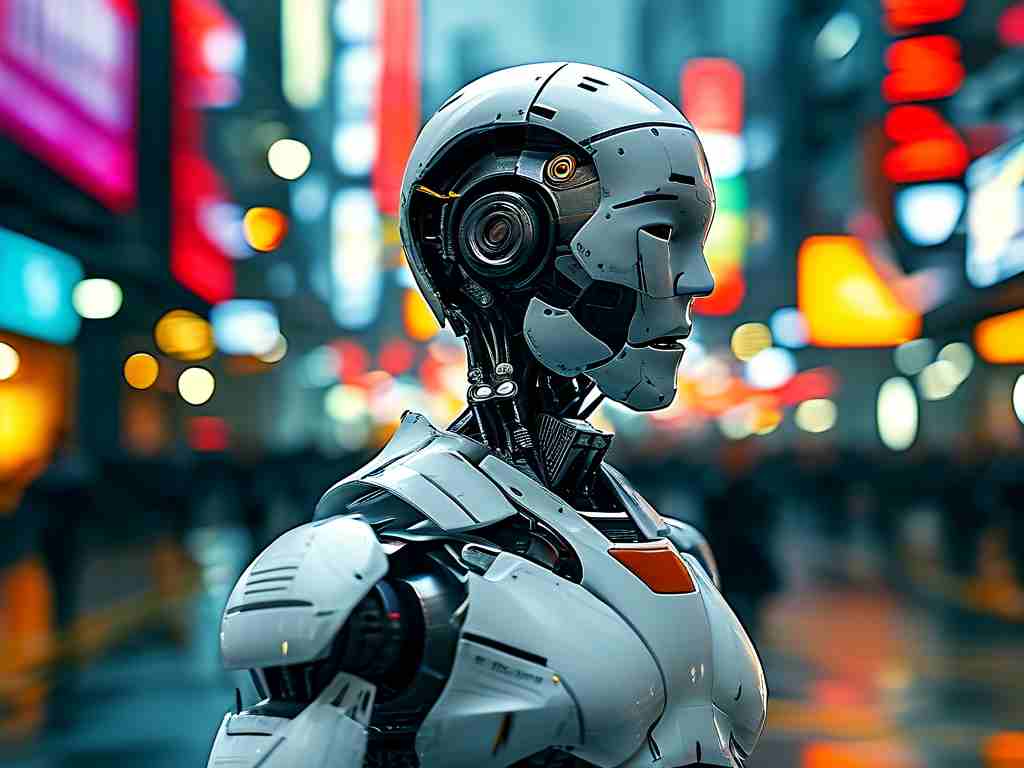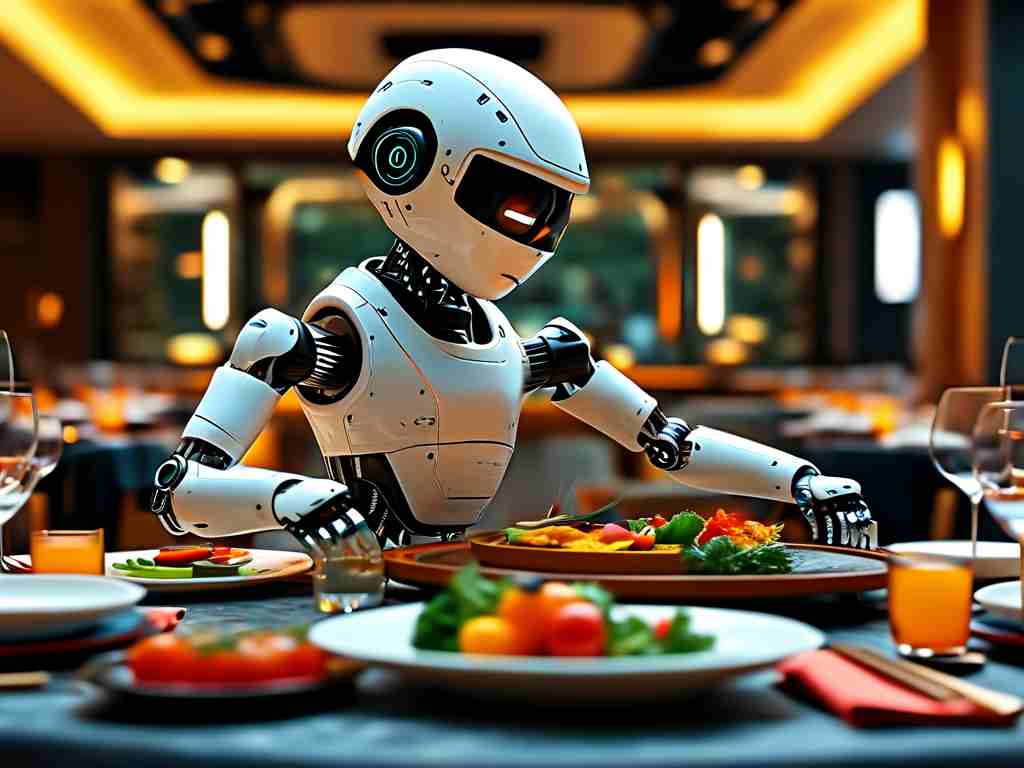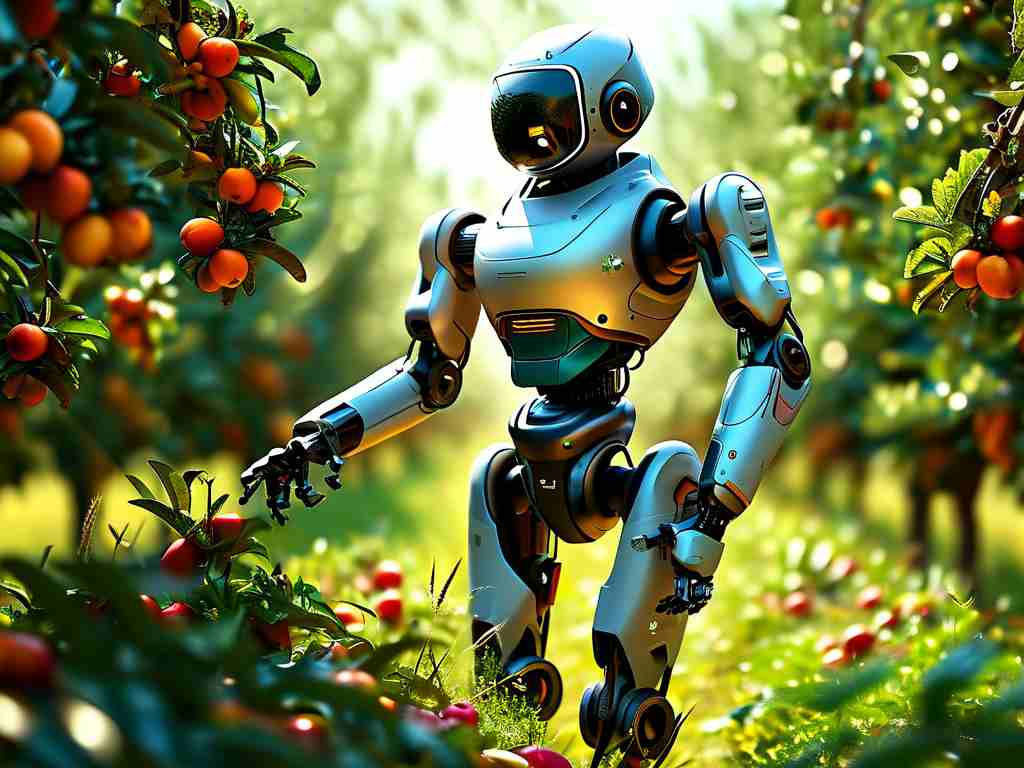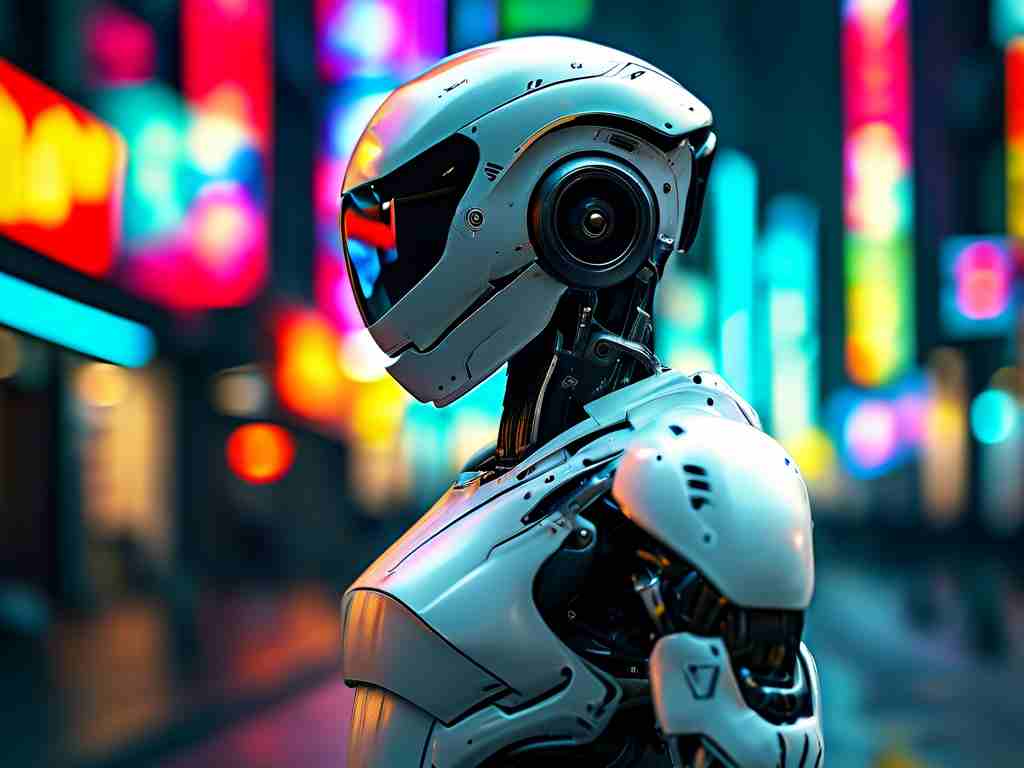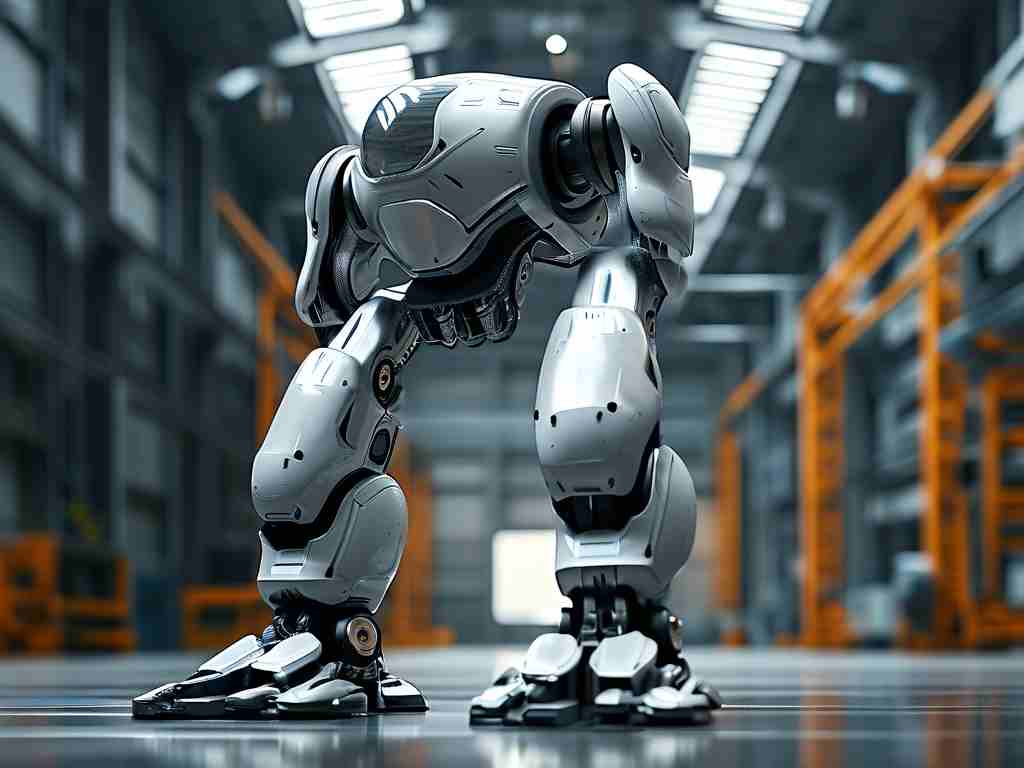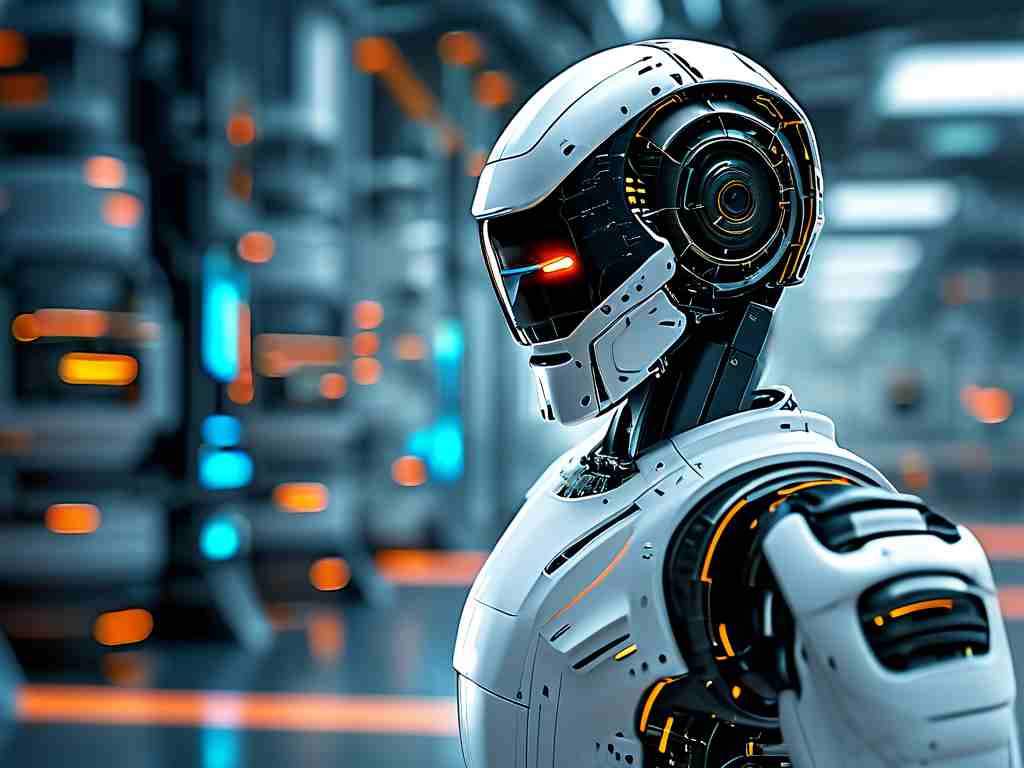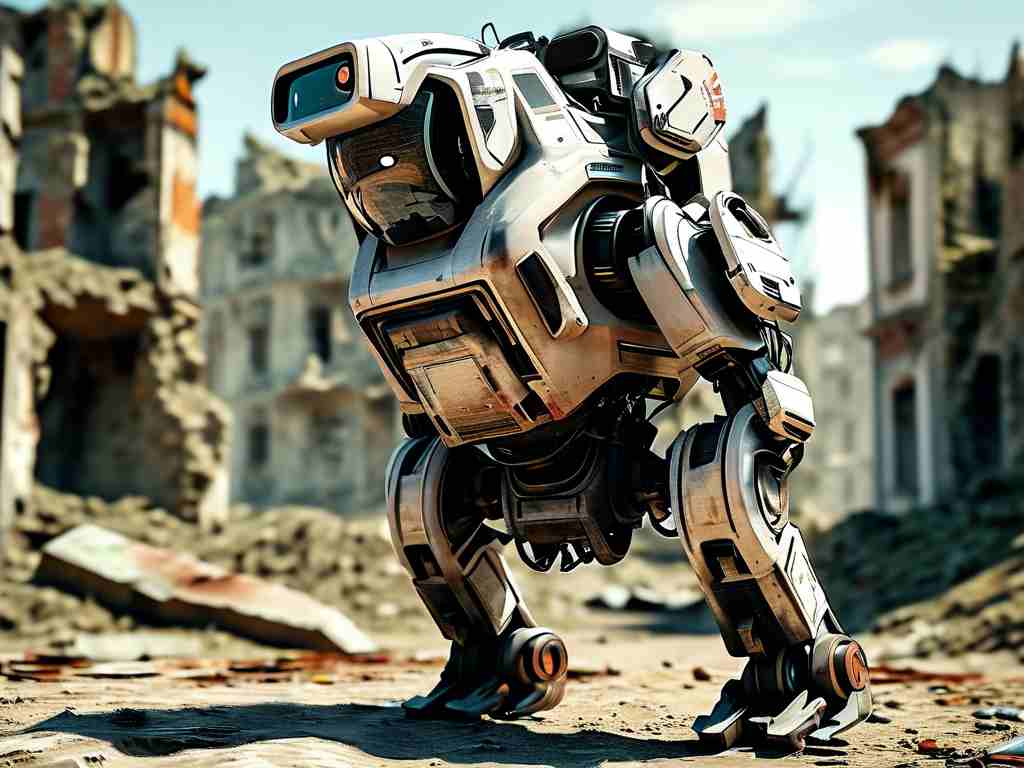Huawei, a powerhouse in the global tech landscape, has steadily carved a niche in robotics, blending its expertise in artificial intelligence, 5G connectivity, and cloud computing to redefine automation. This innovation stems from years of strategic research and development, positioning Huawei not just as a telecom giant but as a trailblazer in intelligent machines. The company's foray into robotics began as an extension of its AI ambitions, where algorithms learn from vast datasets to enhance decision-making in real-world scenarios. For instance, Huawei's Atlas platform integrates robotic arms with AI vision systems, enabling precise tasks in manufacturing lines—think of assembly robots that self-correct errors using deep learning, boosting efficiency while slashing human error rates. Beyond factories, these technologies seep into daily life through service robots deployed in hospitals for patient monitoring or in smart homes where they manage chores autonomously.
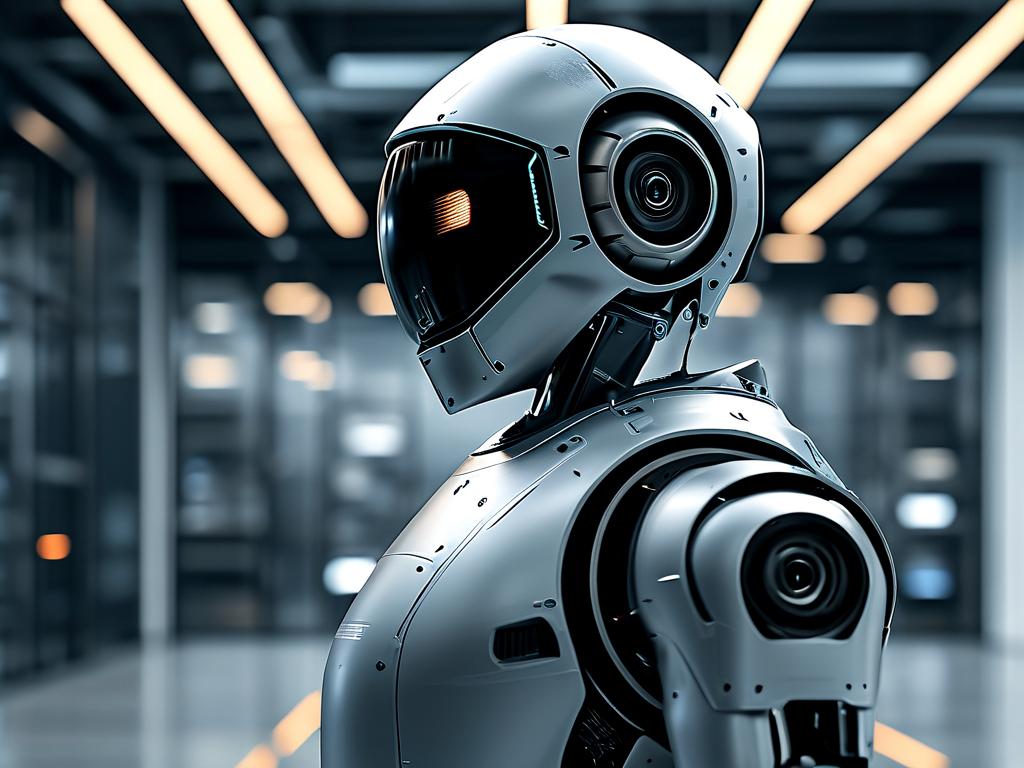
A key driver of Huawei's robotics success is its HarmonyOS, an operating system designed for seamless device interoperability. This allows robots to communicate effortlessly with other smart gadgets, creating an ecosystem where data flows uninterrupted. Picture a warehouse robot coordinating with drones via 5G networks to track inventory in milliseconds—a feat made possible by Huawei's low-latency infrastructure. Such applications highlight how robotics isn't just about hardware; it's about software intelligence that evolves through machine learning. Huawei invests heavily in neural networks, training models on diverse environments to ensure robots adapt dynamically. In agriculture, for example, their AI-powered bots analyze soil conditions and crop health, suggesting optimal irrigation plans that conserve resources and increase yields. This human-centric approach underscores Huawei's vision: robots as partners, not replacements, augmenting capabilities in sectors from logistics to healthcare.
However, challenges persist, such as ensuring ethical AI deployment and cybersecurity in robotic networks. Huawei addresses these through rigorous testing frameworks and collaborations with global institutes, fostering transparency. Looking ahead, the company eyes breakthroughs in humanoid robotics, aiming to integrate emotional AI for more intuitive interactions. As Huawei pushes boundaries, its robotics tech promises to democratize automation, making it accessible and affordable worldwide. Ultimately, this journey reflects a broader shift towards an intelligent era, where Huawei's innovations could reshape industries and improve lives sustainably.


